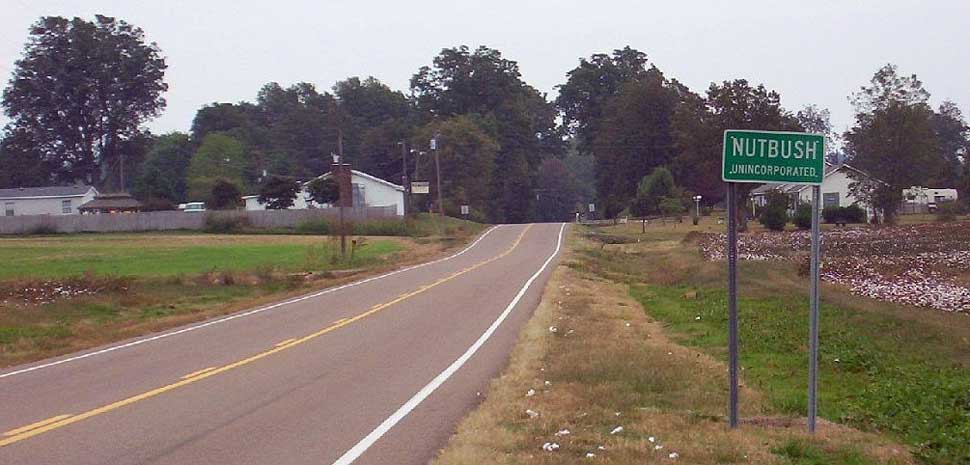Tina Turner came home to a pimp’s paradise: the new sofa was blue velvet with octopus arms, the coffee table guitar-shaped, the kitchen all bilious green. There was a waterfall, and the bedroom now had a mirrored ceiling so her husband and brutal Svengali Ike Turner could better admire the countless mistresses and one-night stands he brought back to his and Tina’s marital pad in LA’s Inglewood suburb.
Tina hadn’t been around to question Ike’s interior decoration ideas – even if she’d dared – because the ruthless workrate her husband demanded of the Ike And Tina Turner Revue in order to pay for his excesses had finally hospitalised her. Due to her being forced on stage each night despite clearly deteriorating health, bronchitis had become pneumonia, which led to tuberculosis, a collapsed right lung and infected legs.
The 70s had also seen Ike’s always violently abusive behaviour get worse rapidly, and extend to the Bolic Sound Studio and live-in apartment he bought. Tina recalled Ike consuming “cocaine like wine, and all of a sudden there were guns under the control board. It was like living in hell’s domain”.
And all this was in addition to the violence which had begun when the shy, charismatic man who had become 17-year-old Anna Mae Bullock’s musical partner in 1956 decided they would be lovers, and married the woman he renamed Tina in 1962. By the 70s, she recalled her jaw being permanently bruised and her inner lip cut up from his punches.
She was “brainwashed”, she later believed. Her nightmare parody of suburban domestic bliss required her to treat Ike like a “king” while looking after their four children, and the musical life which once so inspired her wasn’t much better. On stage, the once blisteringly exciting Ike And Tina Turner Revue could now be a sad, exhausted spectacle.

With her domestic life a waking nightmare in 1973, it’s perhaps no surprise that Tina’s thoughts turned to her childhood home in Nutbush, Tennessee. Calling it a ‘city’ in the lyrics she sat down to write was ironic. Nutbush was an insignificant flyspeck, too small to appear on most state maps.
Anna Mae’s 1940s childhood there had been spent hearing country and blues on the radio, singing in church, and picking cotton with her father. Although they weren’t dirt-poor like their neighbours, Nutbush was anything but a nostalgic memory for Tina. “Cotton. I hated it,” she spat in an 80s documentary. “That’s the one thing that made me change my life. I knew I couldn’t do that.”
Nutbush City Limits, the first self-written song Tina ever recorded, is steeped in this ambiguous sentiment. ‘Limits’ is the key word, as she artfully sketches a circumscribed life: ‘A church house, gin house, a school house, outhouse/On highway number nineteen, the people keep the city clean…/Twenty-one was the speed limit, motorcycles not allowed in it/You go to the store on Friday, you go to church on Sunday…’
This ‘little ol’ town’ sounds more like somewhere to escape than like a rural idyll. More to the point, having sunk back into her deepest memories to write it, Tina’s first lyric was perfect. She had already begun to assert her tastes in the 70s, suggesting what became hit covers of The Beatles’ Come Together and Creedence Clearwater Revival’s Proud Mary.
“I just find R&B so depressing,” she told Charles Shaar Murray in the 80s. “I wanna be up!… I always knew I wanted to be rock’n’roll.” Mick Jagger, who’d copped his moves from her when Ike and Tina supported the Stones in 1966, always knew it. Compared to her static female vocal peers, he said “she was like a female Little Richard and would respond to the audience… really go out and grab them”.
Ike, who after all arguably invented rock’n’roll with the 1951 single Rocket 88, was mostly on board with this new, lucrative direction. “You know, I read in some paper that we are an R&B show,” he railed to Blues & Soul magazine’s John Abbey in 1971. “I find it really disgusting when I hear that… I’m trying to make a blend between my horns and the rock sound of a small group.”
For all his manifold personal faults, on Nutbush City Limits Ike was the perfect musical foil for Tina’s lyrics (although she got sole songwriting credit). It begins with a dirty, fuzzed-up, catscratch rhythm guitar riff. The Revue’s brass add urban swagger as Tina makes her delayed entrance, singing at her most grittily incisive as she lists her home town’s minimal charms.
“I used a G tuning on Nutbush City Limits that I learned from Keith Richards when Tina and I opened for the Rolling Stones in 1969,” Ike recalled of his first instrumental contribution. His other was a wild, bucking Moog synthesiser solo only slightly less memorable than the Osmonds’ Crazy Horses the previous year (Ike had already experimented with the synth on his 1972 LP Strange Fruit).
Nutbush City Limits was Ike & Tina Turner’s final smash hit, reaching No.4 in the UK and No.22 in the US. Tina wrote four other lyrics on the less successful album of the same name, including Club Manhattan, which looked back to her first, fateful meeting with Ike at that late-night St. Louis joint.
By 1976 the cracks between the pair were becoming too obvious to miss. After a final explosion of violence in which she fought back physically for the first time, Tina quit Ike that year, divorcing in 1978. Her subsequent battle back from financial and career ruin to 80s megastardom showed her steel. But Nutbush City Limits – re-recorded for the What's Love Got to Do with It soundtrack album in 1993 – was Tina Turner’s declaration of artistic independence.

